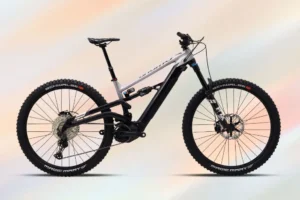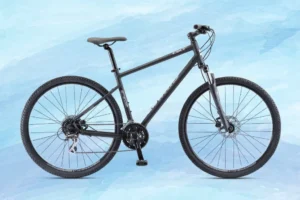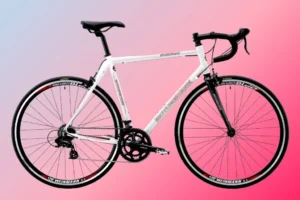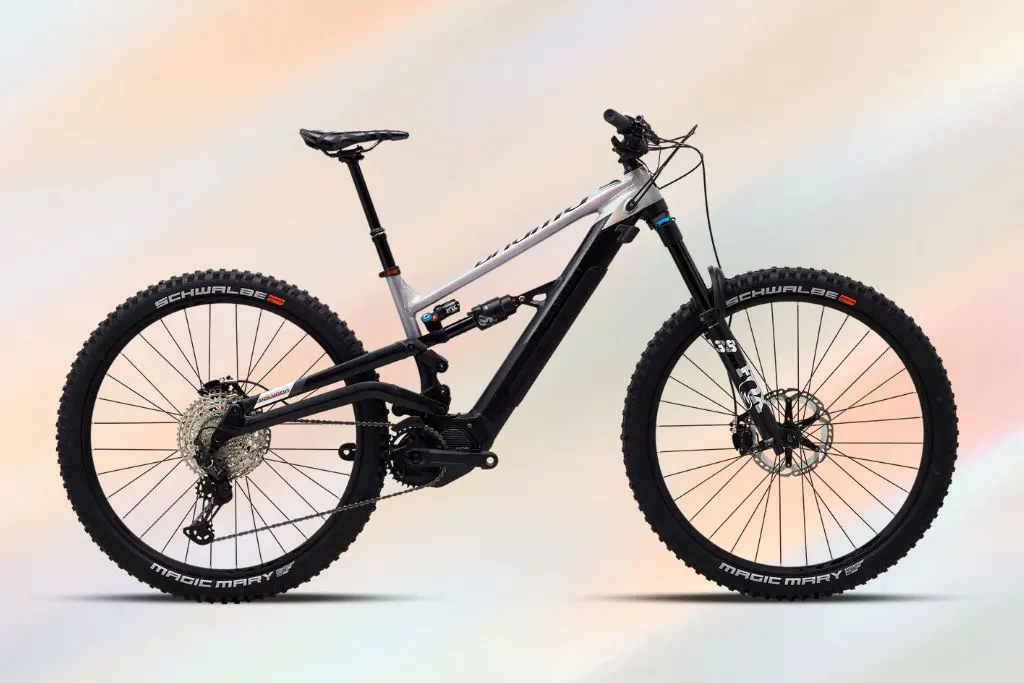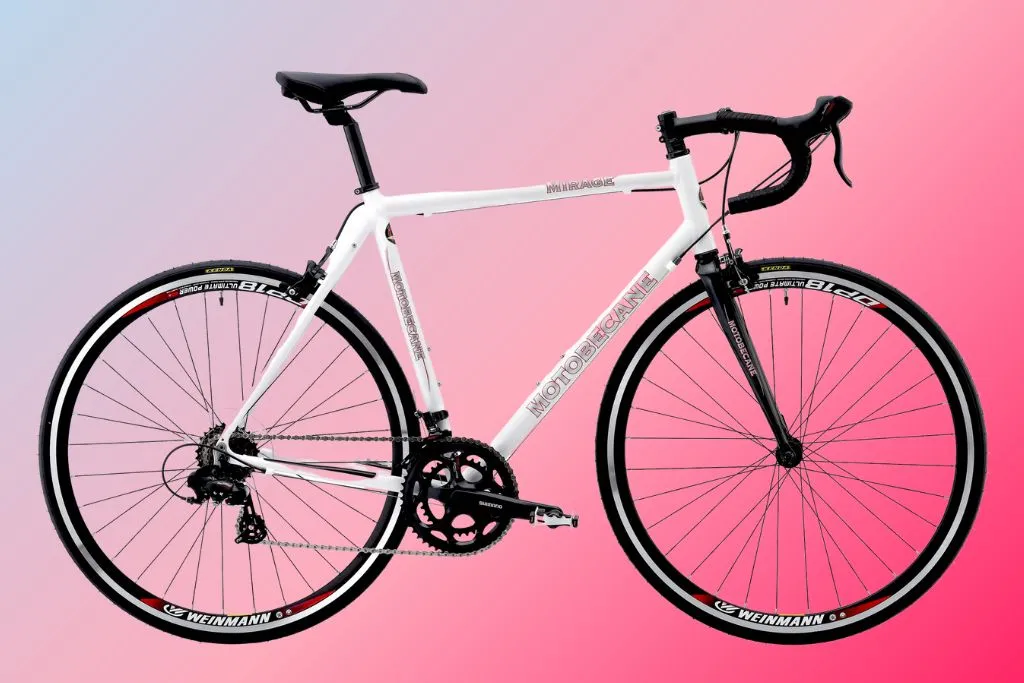Mountain bikes are great for a variety of terrain, including uphill and downhill paths. Many people think that mountain bikes are only suitable for off-road trails, but this is not the case.
In fact, there are many mountain bike riders who prefer to stick to paved roads and bike paths. If you’re looking for a versatile bicycle that can handle a variety of terrain, then a mountain bike is the right choice for you.
Are Mountain Bikes Good for Uphill?
Mountain bikes are specially designed for off-road riding, and they can be a great option for uphill riding. Unlike road bikes, mountain bikes have wider tires with deeper treads that provide traction on uneven surfaces. They also have front and rear suspension systems that help to absorb bumps and jolts.
According to recent research In addition, mountain bikes typically have lower gears than road bikes, making them easier to pedal up hills. Whether you’re an experienced rider or just getting started, a mountain bike can be a great choice for tackling uphill terrain.
Are Mountain Bikes Good for Downhill?
Mountain bikes are a great choice for downhill riding because they are designed to handle rough terrain. The tires are wider than those on a road bike, which provides more grip and stability.
The frame is also heavier, which helps to absorb bumps and shocks. In addition, mountain bikes have suspension systems that help to smooth out the ride. While mountain biking can be a bit more challenging than other types of riding, it is also more rewarding.
According to research there are approximately 30% mountain bikers ride in downhill. There is nothing quite like the feeling of coasting down a mountainside on a mountain bike. With the right bike and some practice, anyone can enjoy the thrill of downhill mountain biking.
Shocks that help absorb the impact on your body:
For anyone who loves a good mountain bike ride, the question of which bike to choose can be a tough one. There are so many different types and styles of mountain bikes available on the market, each with its own set of pros and cons.
However, when it comes to riding uphill, there is one type of bike that definitely has the advantage: the full-suspension mountain bike. This type of bike is equipped with shocks on both the front and rear wheels, which help to absorb the impact of bumps and jumps.
As a result, your body takes less of a beating when you’re riding over rough terrain. In addition, full-suspension mountain bikes tend to be lighter than their hardtail counterparts, making them easier to pedal uphill.
So if you’re looking for a mountain bike that will help you conquer those tough uphill climbs, a full-suspension bike is definitely the way to go.
Have a lot of stability and can handle the speed:
While mountain biking is often thought of as a way to explore trails and get some exercise, it can also be a great way to enjoy the thrill of speed. Downhill mountain biking combines the adrenaline rush of downhill skiing with the skill and control of mountain biking.
While it can be challenging, it is also an immensely satisfying way to test your limits. And, because mountain bikes are designed for off-road riding, they are also uniquely suited for downhill riding.
Mountain bikes have wide tires for stability, and their suspension systems help absorb bumps and shocks. As a result, mountain biking can be an incredibly enjoyable and exhilarating experience.
Not always ideal for these purposes:
While mountain bikes are designed for off-road riding, they are not always the best choice for all situations. For example, when riding uphill or downhill, a road bike may be a better option.
This is because mountain bikes are heavier and have wider tires, which can make it more difficult to pedal on smooth surfaces. Additionally, the Gears on a mountain bike are often not well suited for high speeds, making it difficult to maintain momentum when going downhill.
For these reasons, it is important to choose the right bike for the situation. Depending on the terrain and the desired speed, a road bike or a mountain bike may be the better choice.
Choose the right bike for the terrain you’ll be riding on
There are a lot of things to consider when choosing a bike: size, price, features, and most importantly, terrain. Different bikes are designed for different purposes, so it’s important to choose the right one for the type of riding you’ll be doing.
For example, if you’re mostly going to be riding on paved roads, you’ll want a road bike. These bikes are designed for speed and efficiency, with light frames and skinny tires. Mountain bikes are another popular option, and these are built for rugged off-road riding, with sturdier frames and wider tires.
If you’re not sure what kind of bike you need, a good rule of thumb is to match the bike to the terrain: a road bike for paved surfaces, and a mountain bike for unpaved trails. By choosing the right bike for your needs, you’ll be able to get the most out of your rides.
Are mountain bikes better for climbing?
While there are many different types of bicycles available on the market, mountain bikes are often considered the best option for climbing. This is because mountain bikes are designed to handle rough terrain and provide a comfortable ride.
In addition, mountain bikes typically have lower gear ratios, which makes it easier to pedal up steep hills. However, it is important to note that mountain biking is a very strenuous activity and those who are not in good physical condition may find it difficult to keep up with the pace.
Nonetheless, for those who are looking for a challenging workout, mountain biking can be an excellent option.
Are mountain bikes harder to ride uphill?
According to recent research mountain bikes are more difficult to ride uphill than other types of bicycles. There are a few reasons for this. First, mountain bikes are usually heavier than other bikes, making it harder to pedal up inclines.
Second, mountain bike tires have less tread, making it easier for the wheels to slip on loose surfaces. Finally, mountain bike gears are often geared for lower speeds, making it harder to maintain momentum when going uphill.
While there can be some truth to these claims, mountain bikes are not necessarily more difficult to ride uphill than other types of bicycles. With a little practice, anyone can learn to ride a mountain bike up even the steepest hills.
How to ride a mountain bike uphill?
Mountain biking is a great way to get exercise and enjoy the outdoors, but it can be a bit daunting for beginners. If you’re just getting started, one of the best ways to build up your confidence is to practice riding uphill. Here are a few tips to help you get started:
Start by finding a gentle slope to practice on. You don’t want to be struggling up a steep hill from the start – that’s bound to lead to frustration. Once you’ve found a good spot, start pedaling slowly and evenly.
If you start to feel yourself losing traction, back off the pedals and give yourself a break. And finally, remember that it’s okay to walk your bike if you need to. There’s no shame in getting off and pushing when the going gets tough. Just focus on enjoying the ride, and before you know it, you’ll be whizzing up hills with ease.
Is downhill mountain biking good exercise?
Mountain biking is a great way to get some exercise while enjoying the outdoors. It can be done alone or with friends, and it provides a challenging workout. However, some people wonder if downhill mountain biking is good exercise.
After all, isn’t it just riding a bike down a hill? While it is true that downhill mountain biking does not require as much effort as uphill biking, it still provides a number of benefits. For one thing, it is an excellent cardio workout. Additionally, it helps to build muscle strength in the legs and core.
And finally, it can help to improve balance and coordination. So whether you are looking for a fun way to explore the mountains or a challenging workout, downhill mountain biking is definitely worth trying.
What gear to use when going uphill on a mountain bike?
Mountain biking is a great way to get outside and explore the rugged beauty of nature. However, it can also be a challenging workout, especially when you’re going uphill. The key to making it up those steep inclines is to have the right gear.
A low gear ratio will make pedaling easier, and disc brakes will give you the stopping power you need to navigate the trails safely. Additionally, a suspension fork will absorb some of the bumps and jolts from the rough terrain.
With the right equipment, you’ll be able to tackle even the toughest mountain bike trails. So don’t be afraid to hit the slopes – just be sure to gear up first.
Are mountain bikes good for hills?
Mountain bikes are designed to be sturdy and versatile, able to withstand the rigors of off-road riding while still being fast and fun to ride. One of the key features of a mountain bike is its suspension, which helps to absorb bumps and protect riders from jolts.
This can be especially helpful when riding on rough terrain or over obstacles. Another important feature is the tires, which are wider than road bike tires and have deeper treads for increased traction.
This makes them ideal for riding on uneven surfaces, such as dirt trails or rocky terrain. Finally, mountain bikes often have multiple gears, allowing riders to adapt their speed and cadence to the terrain. All of these features make mountain bikes good choices for hills, especially if the hill is steep or has loose gravel.



